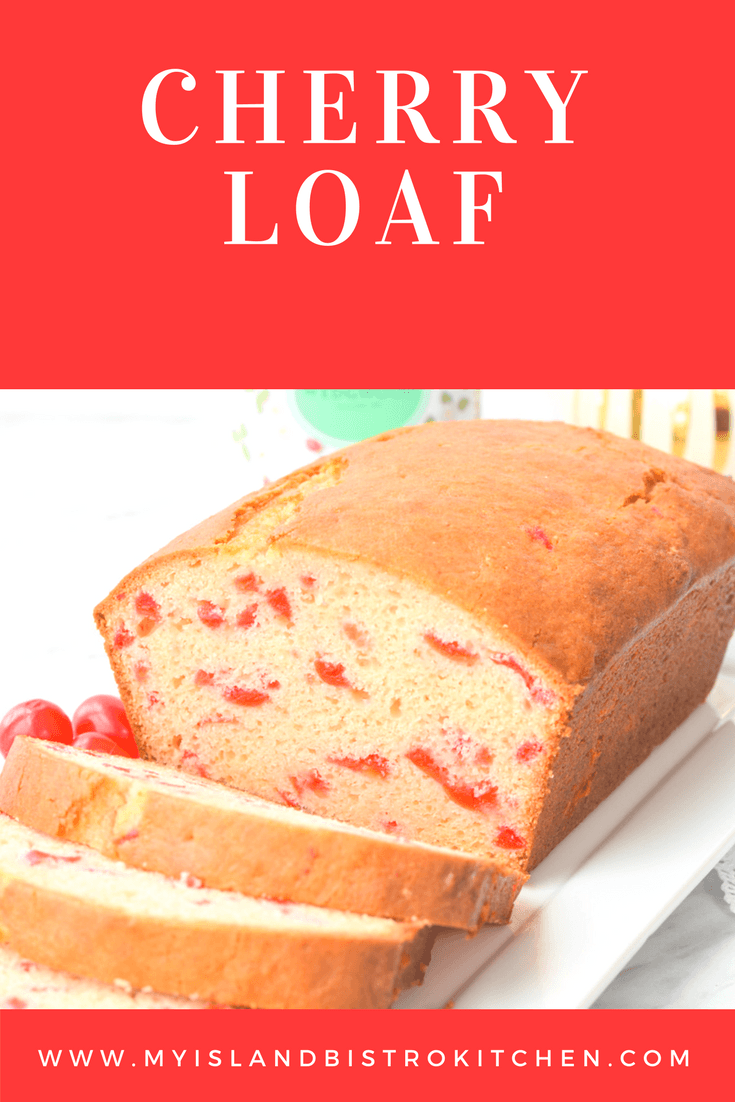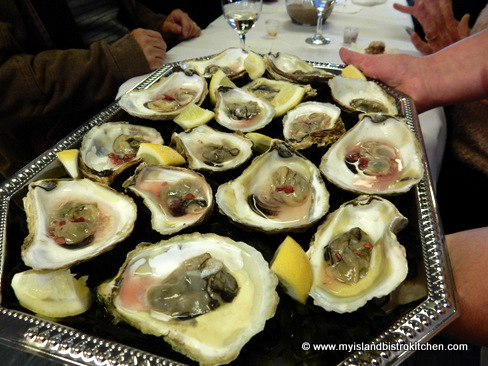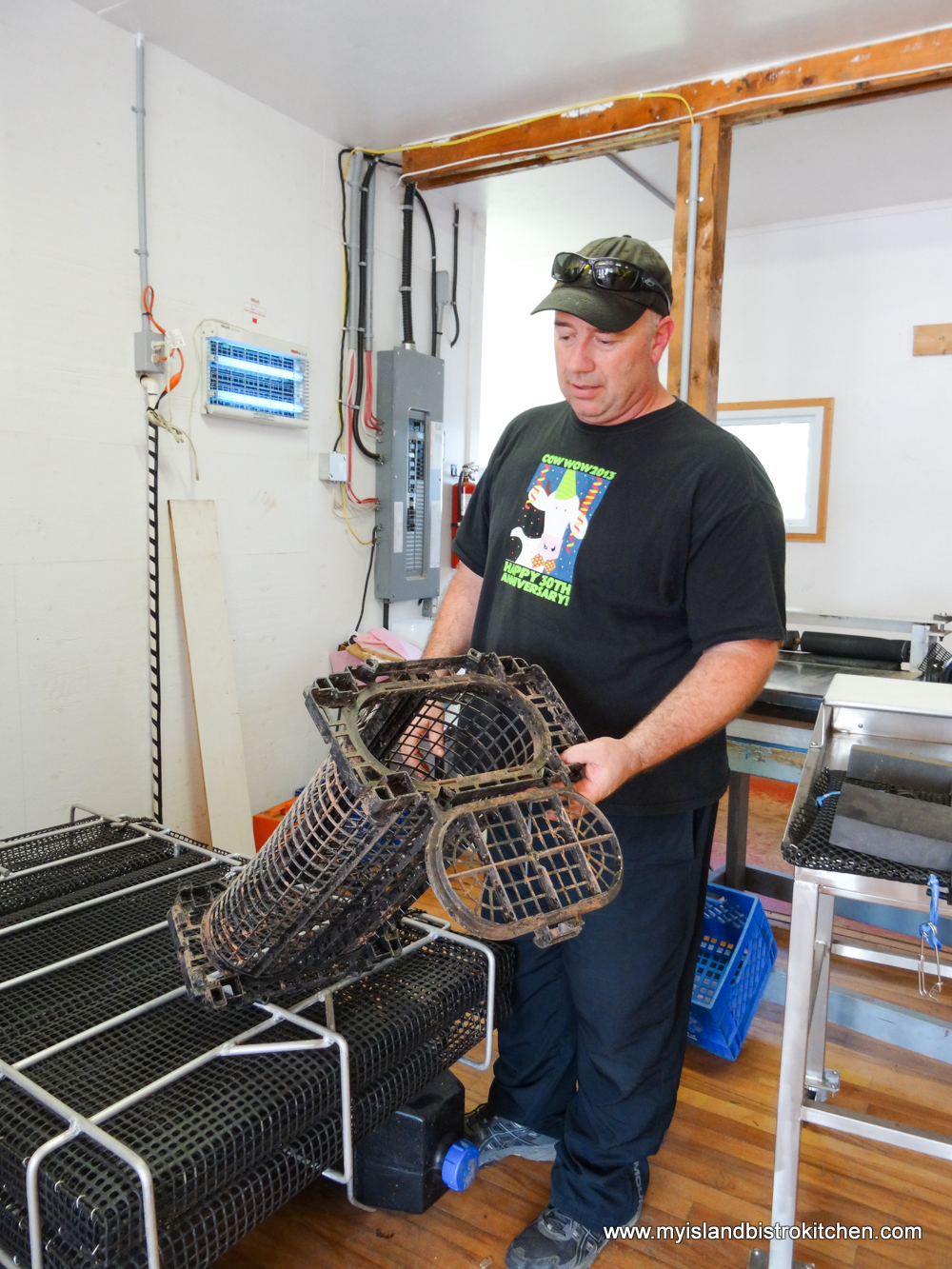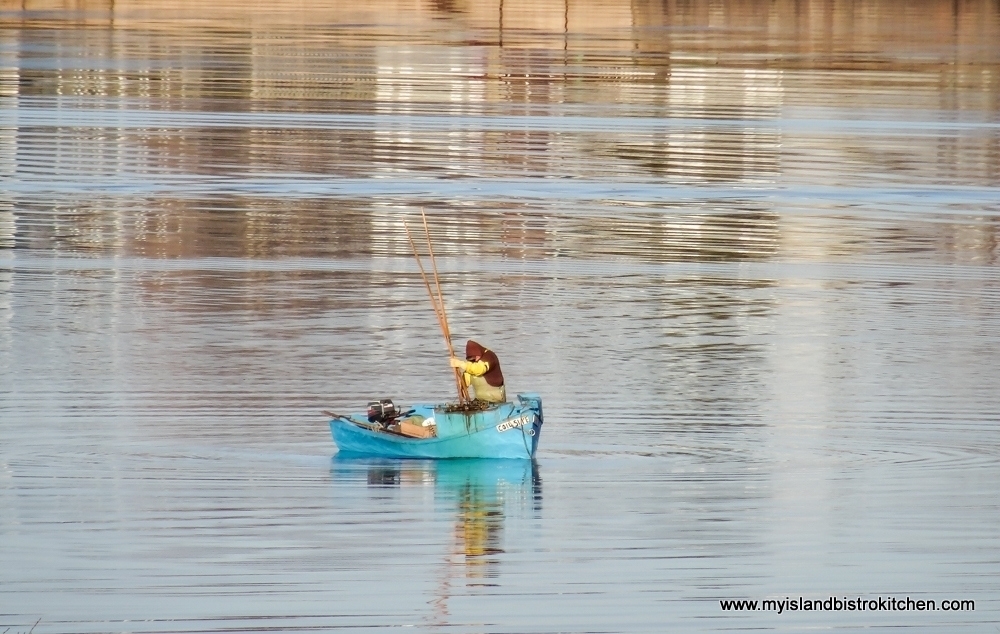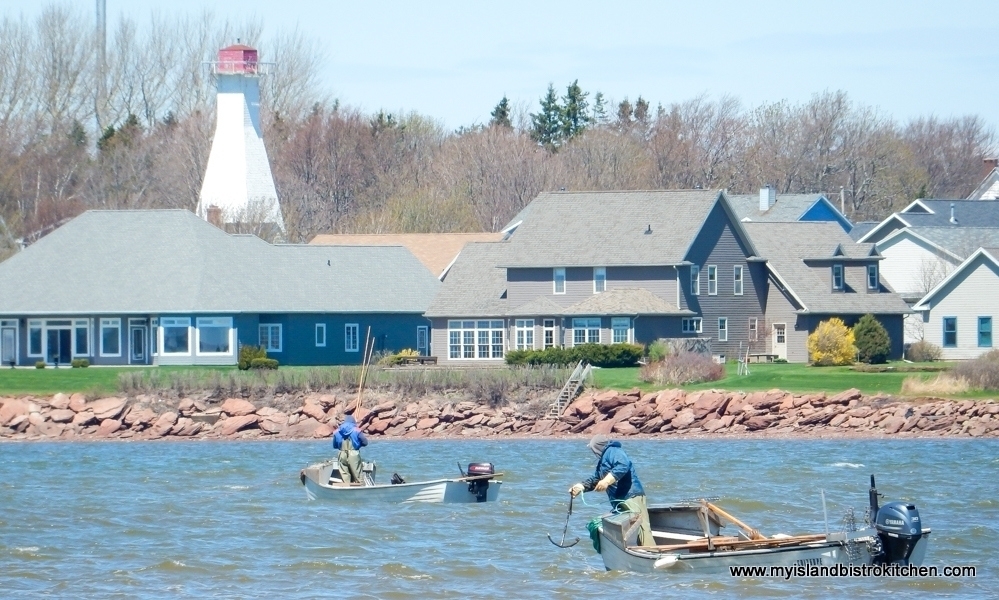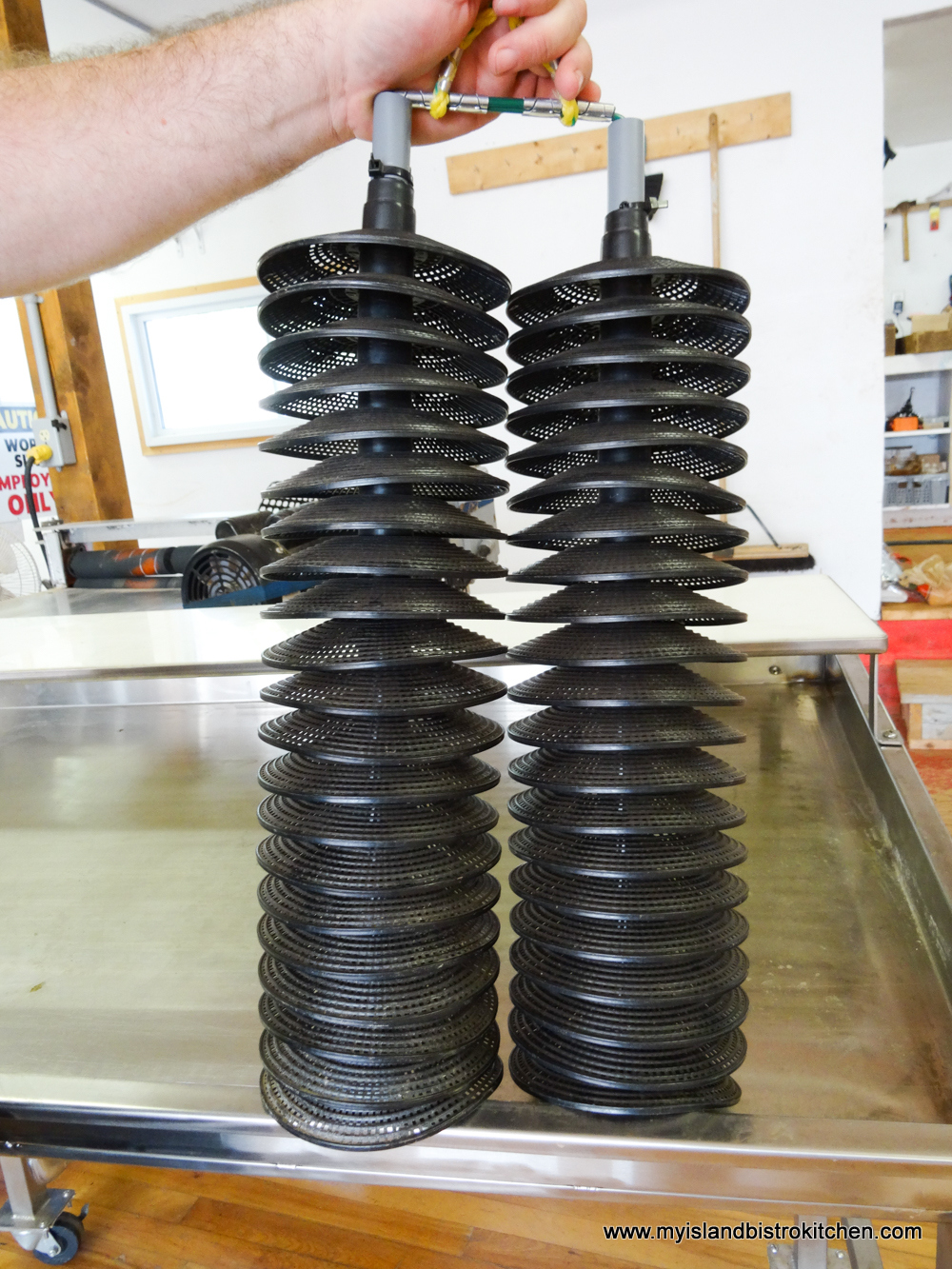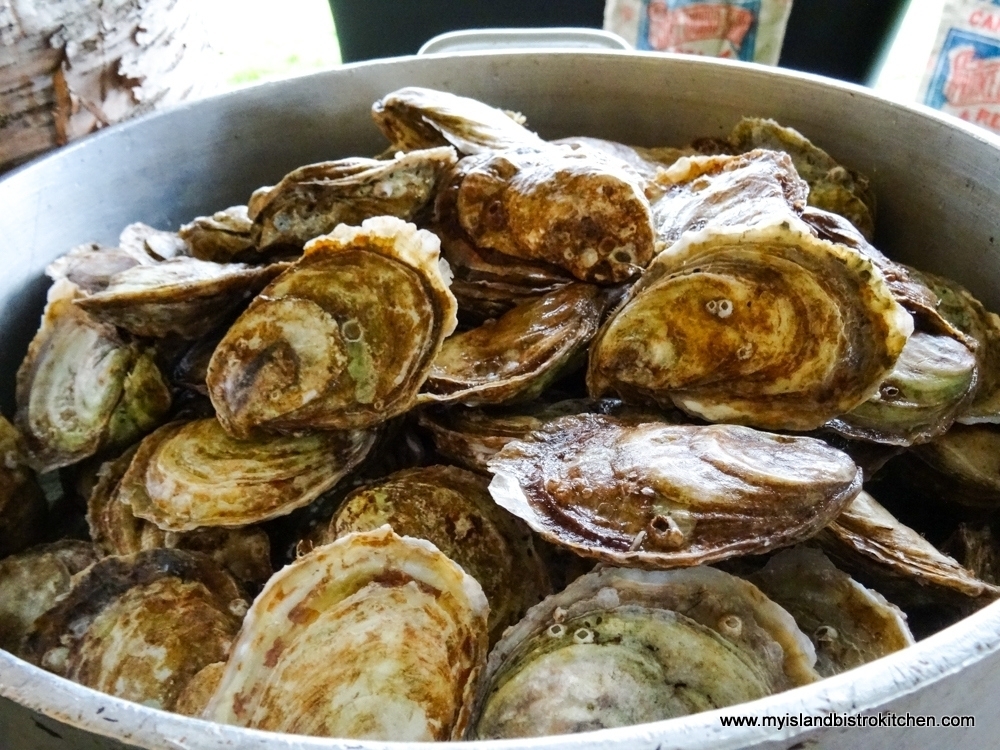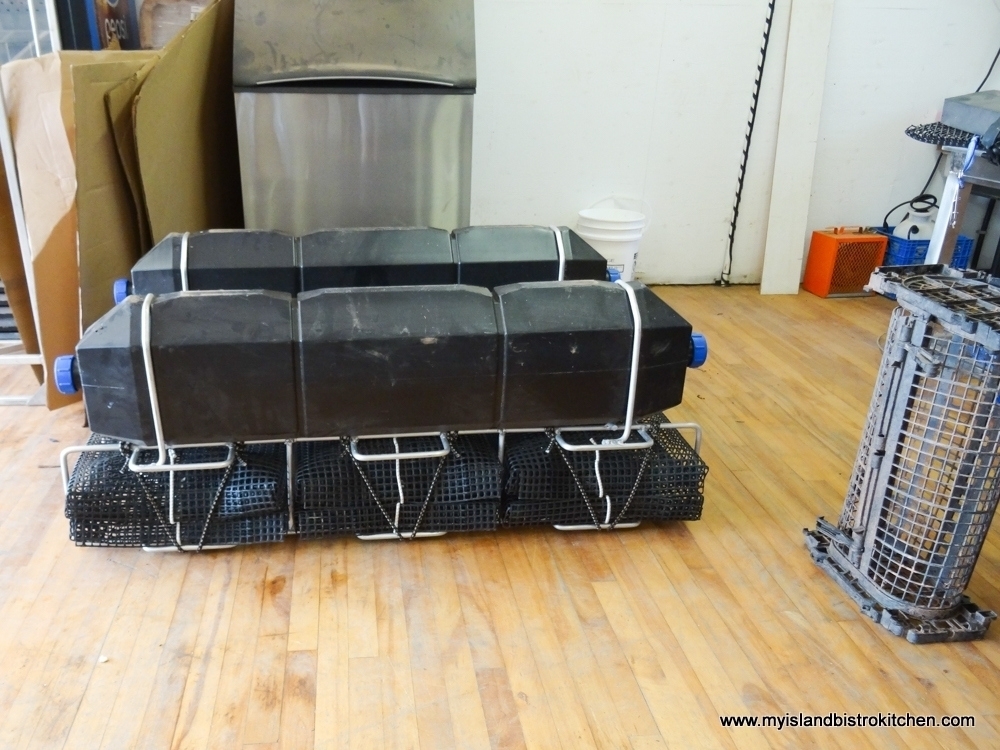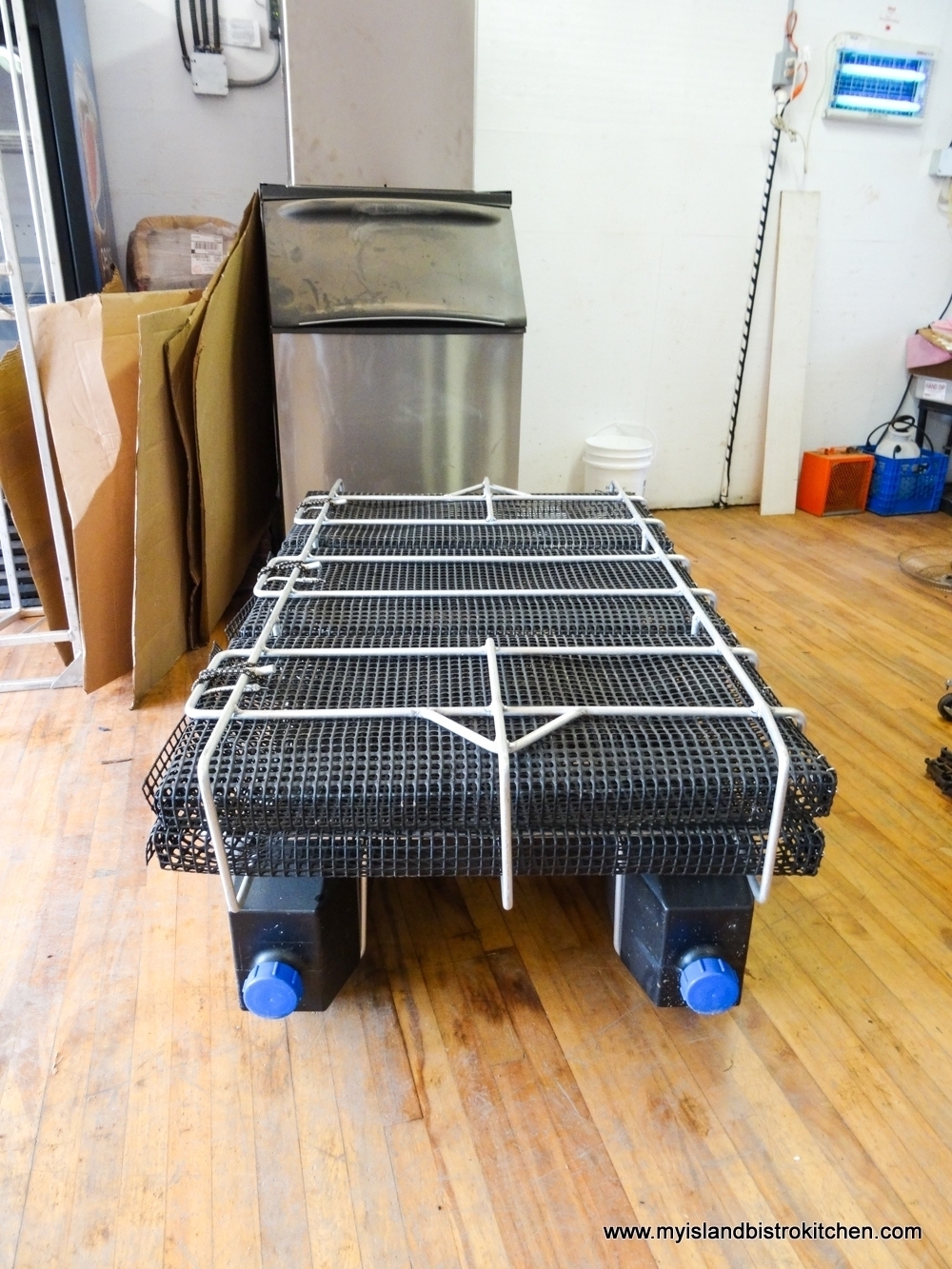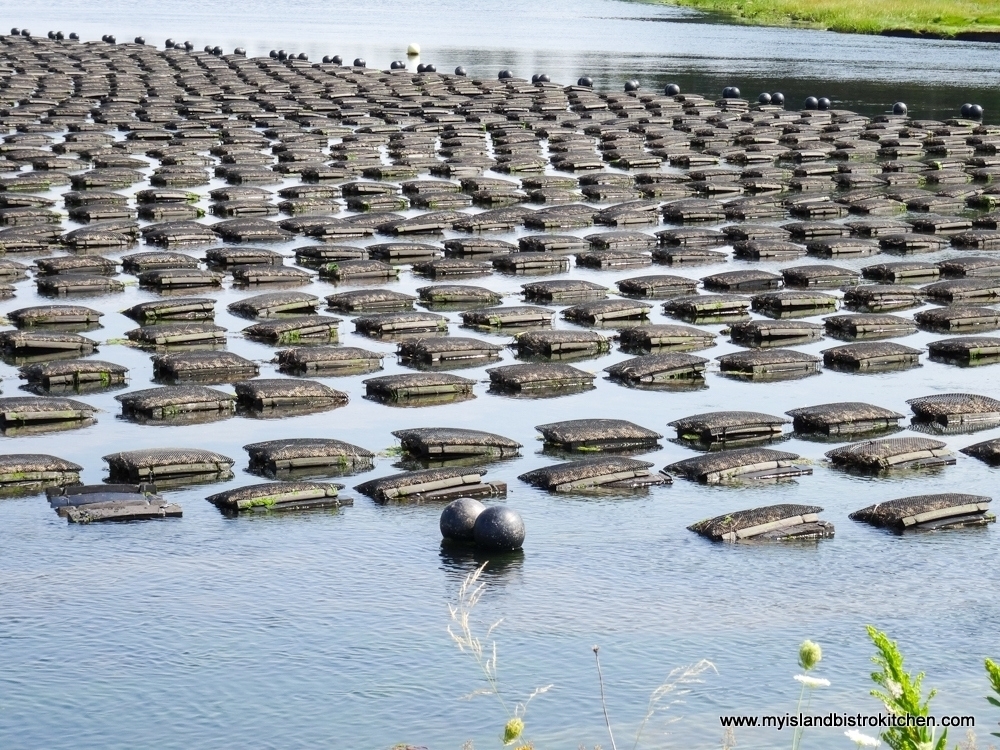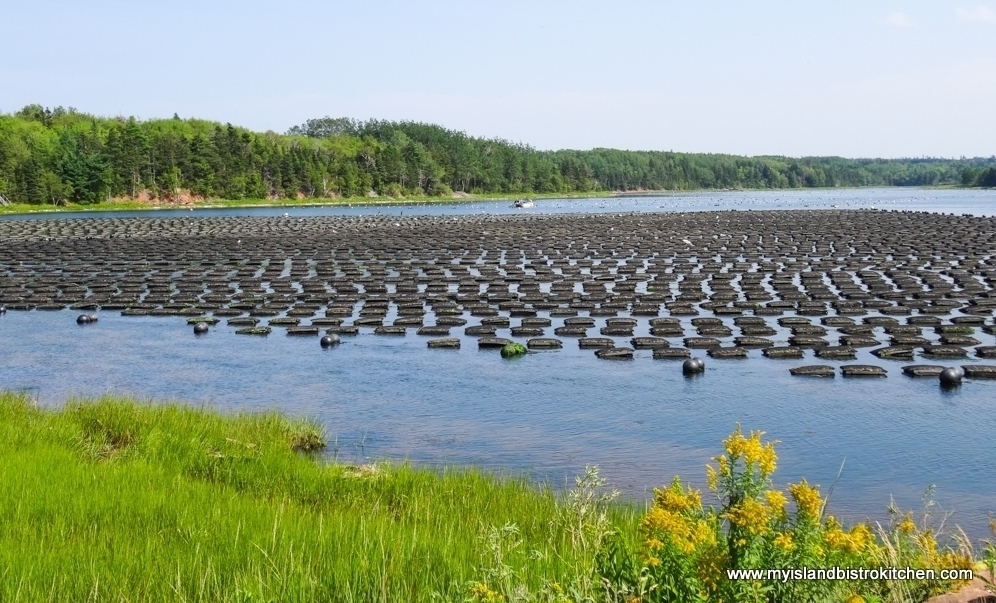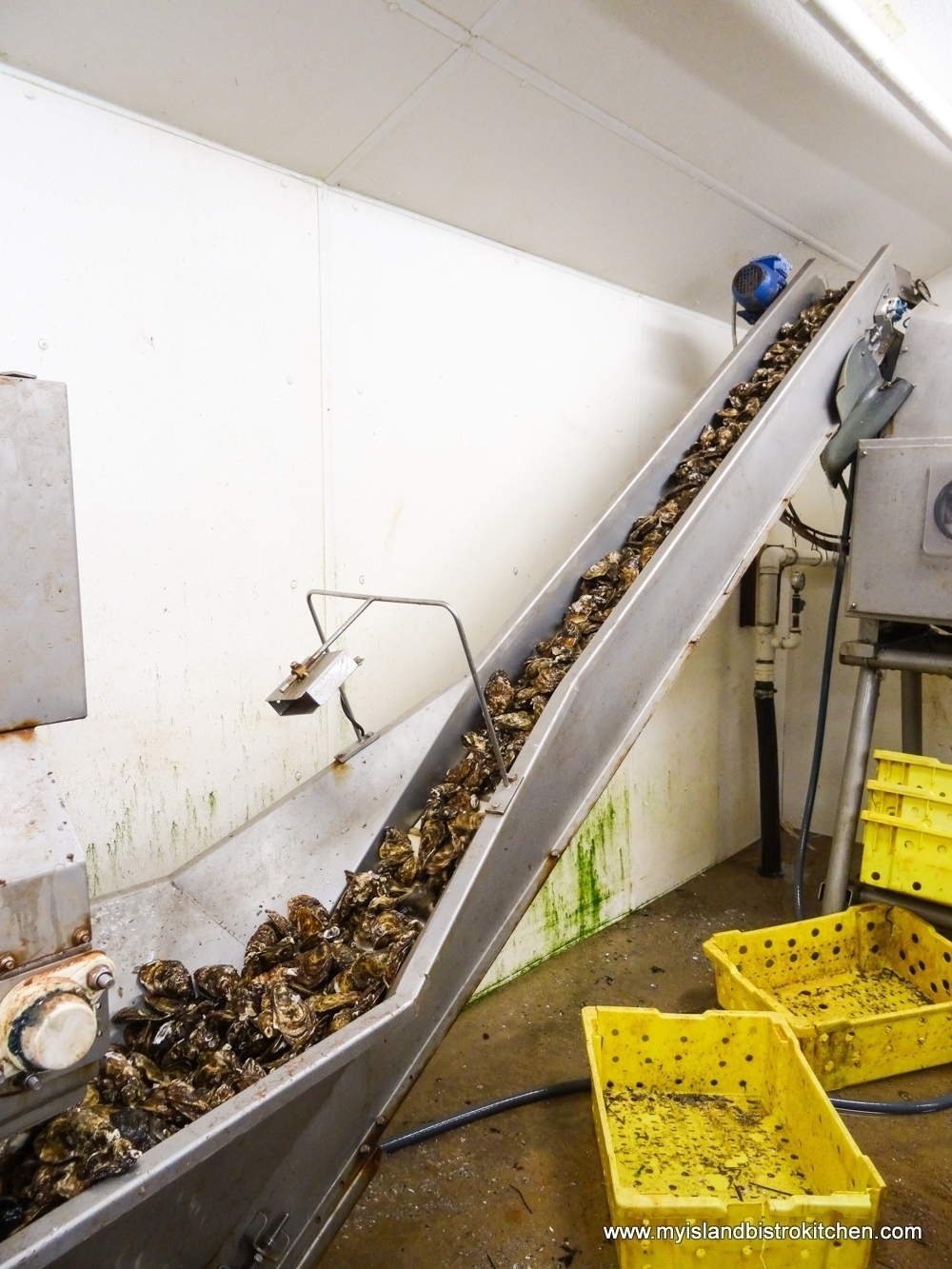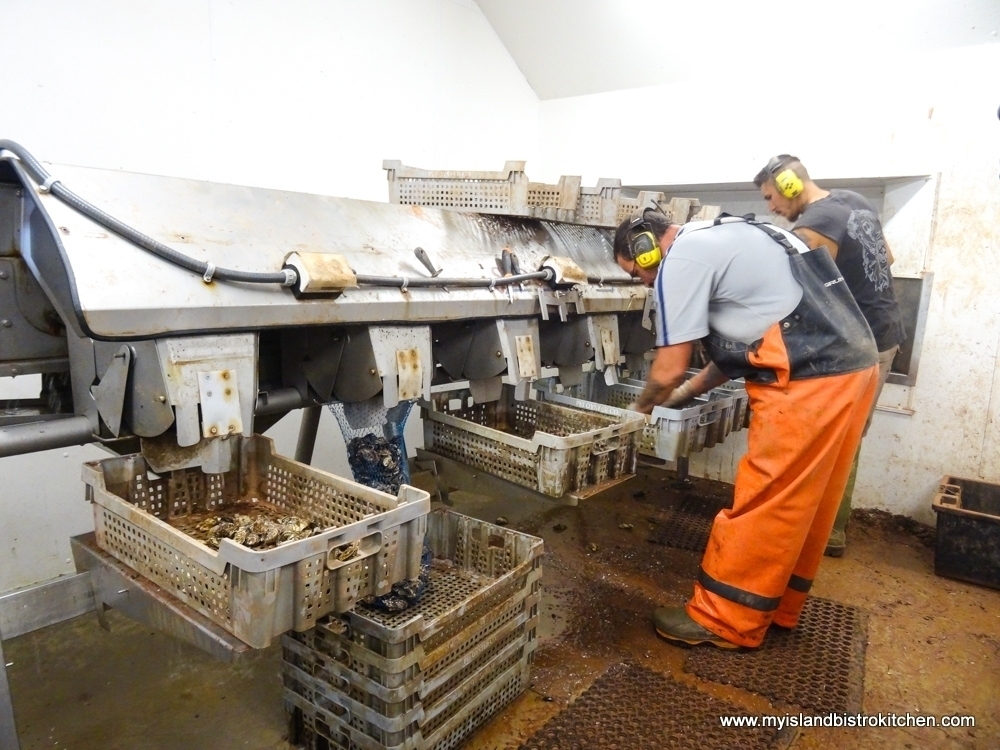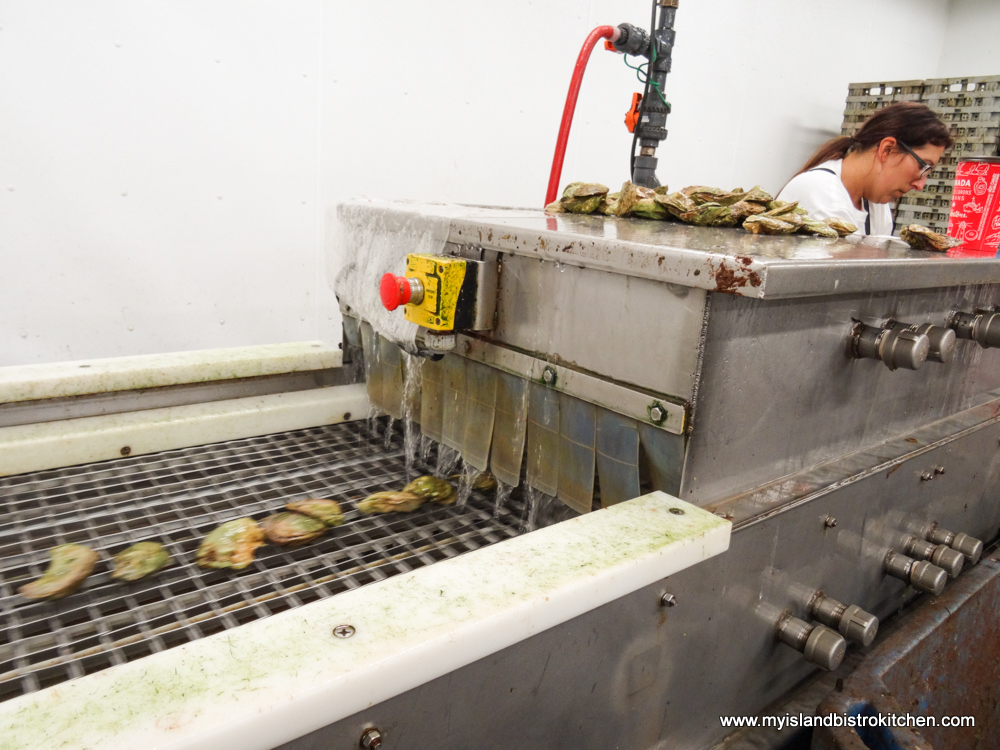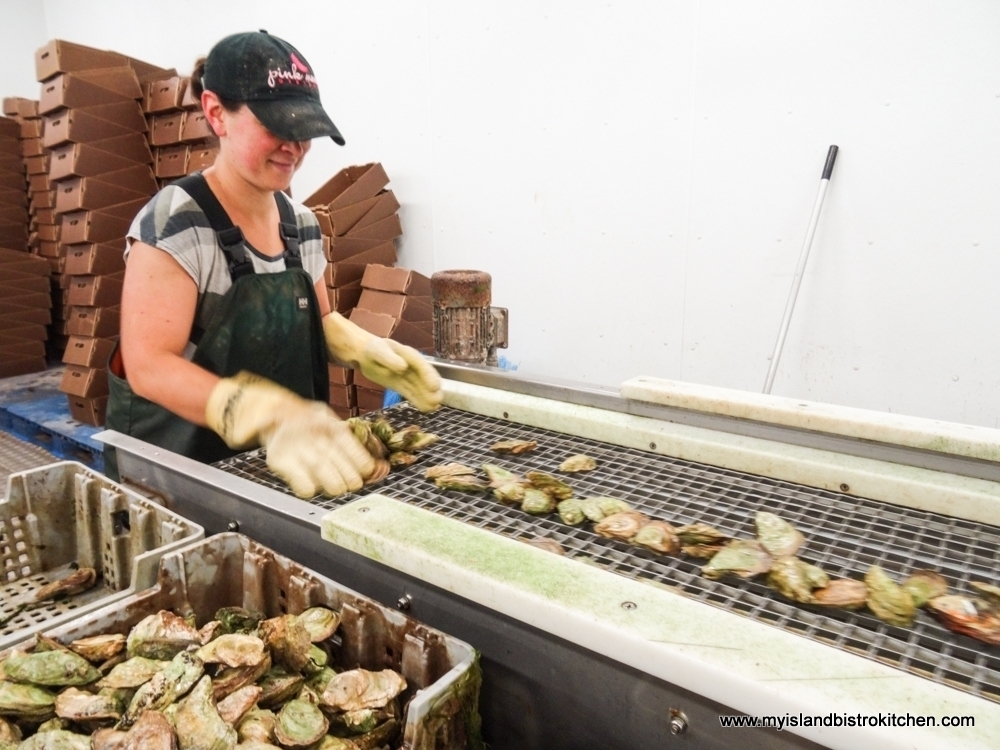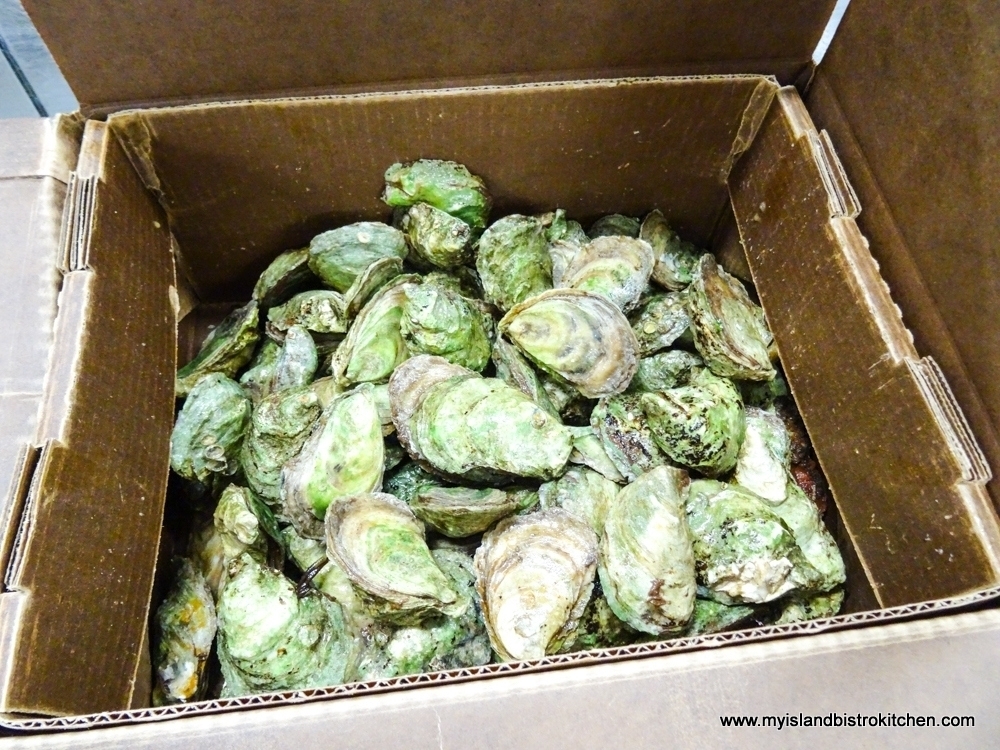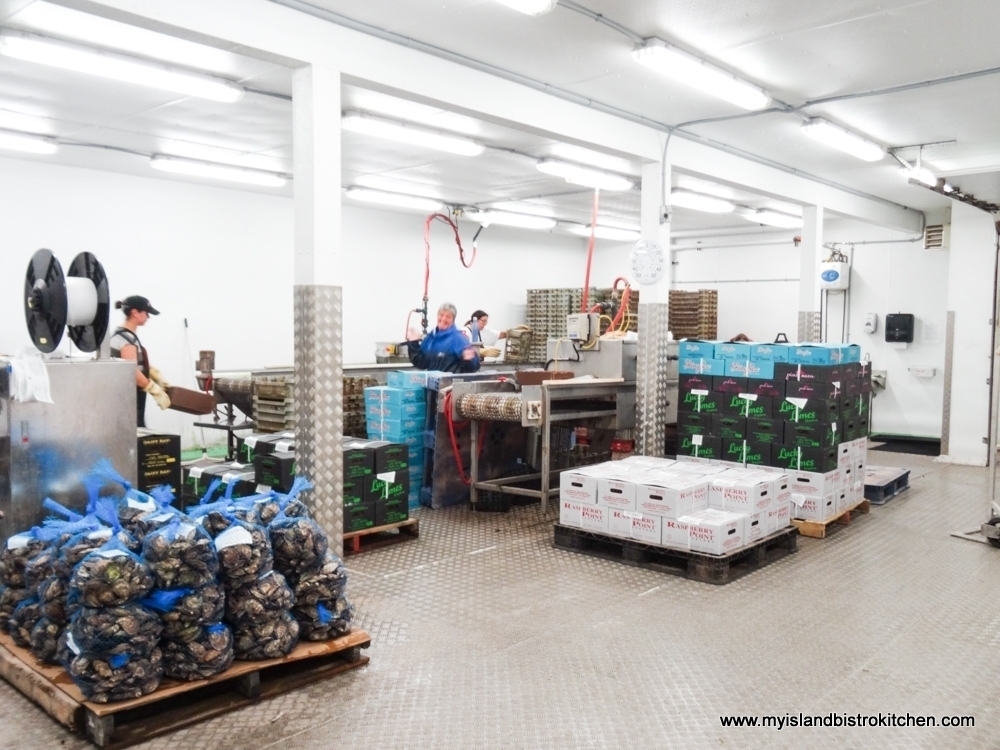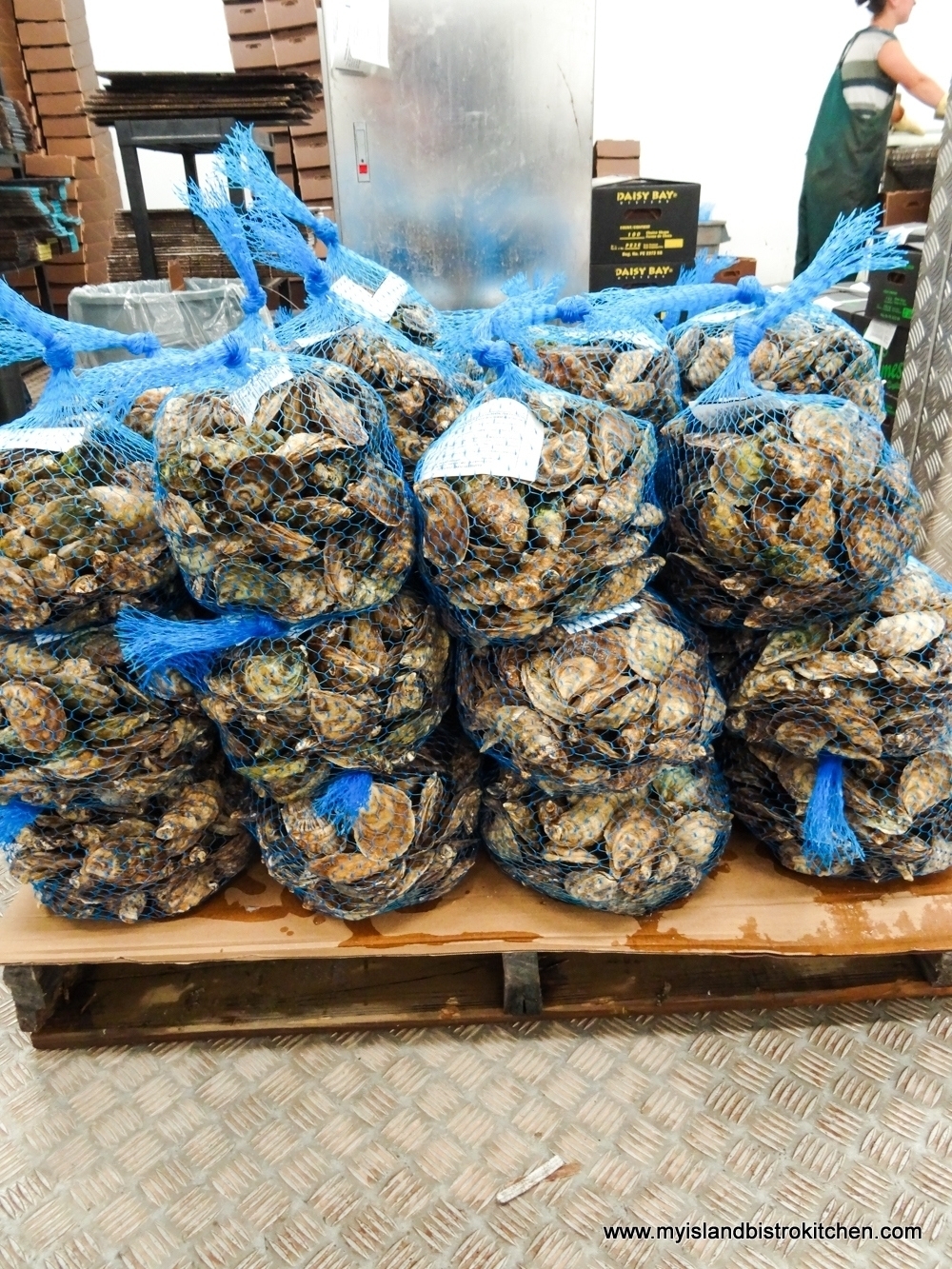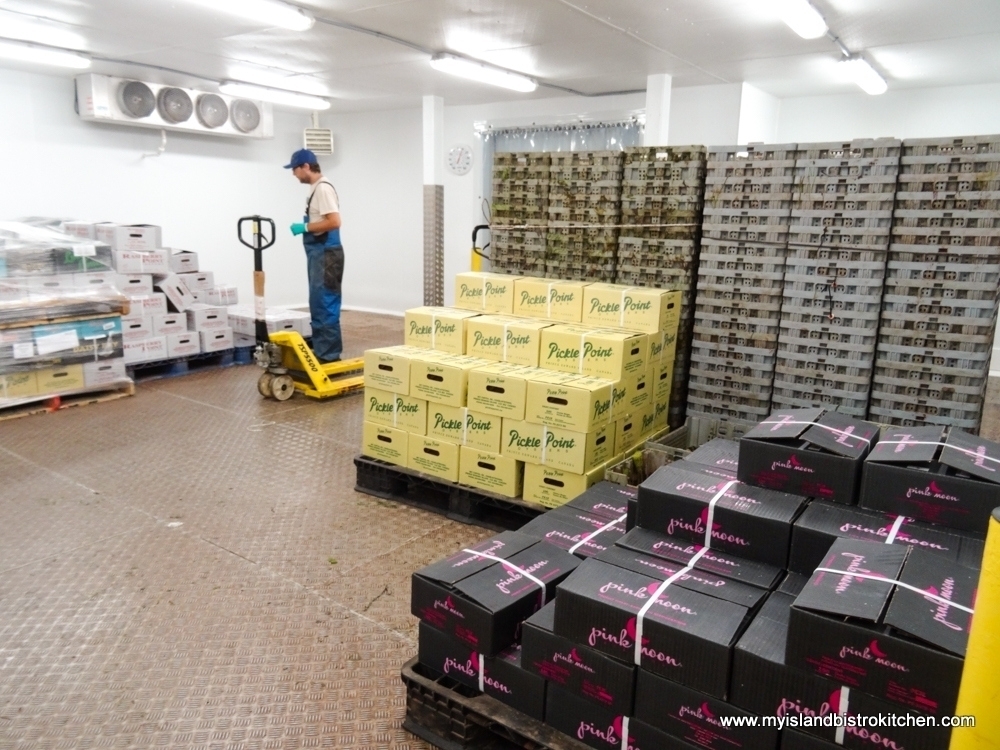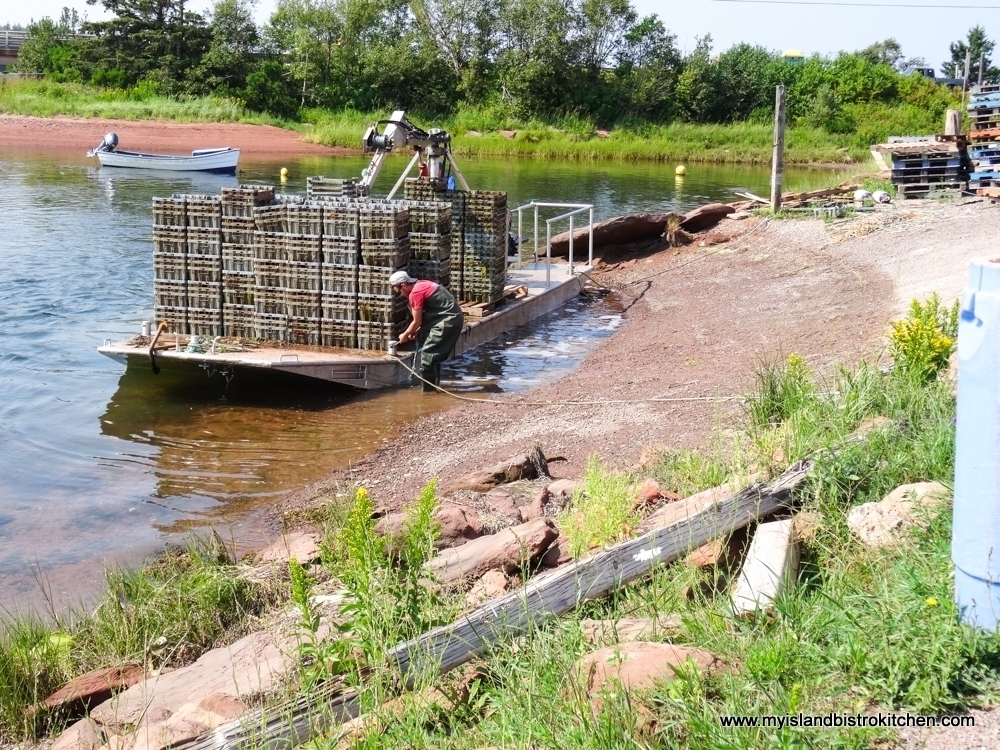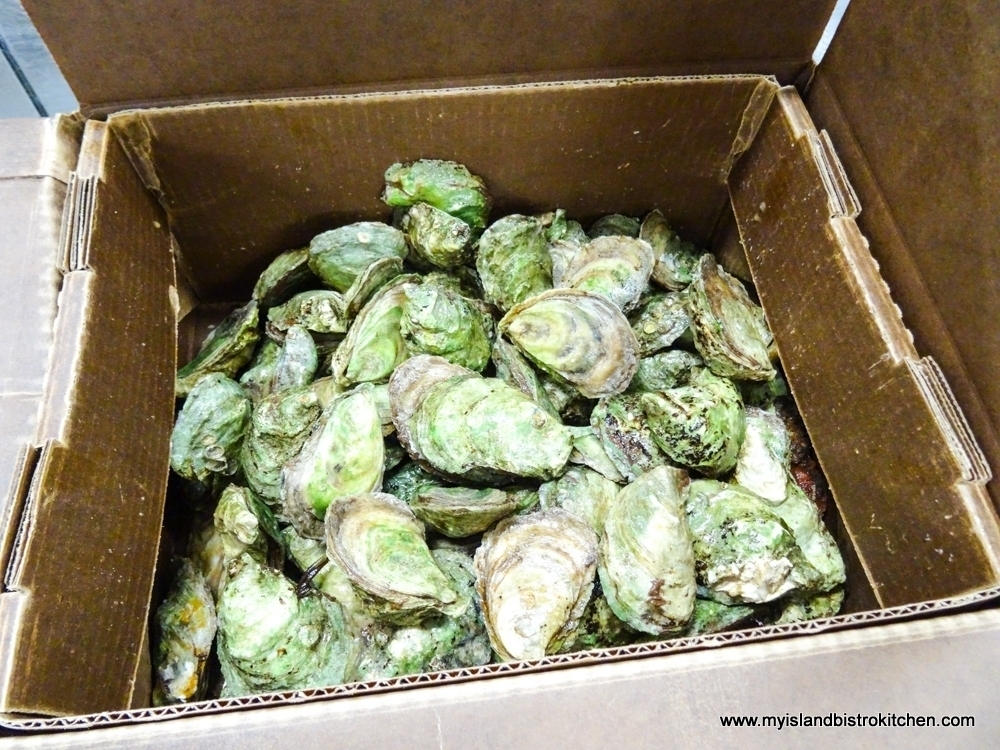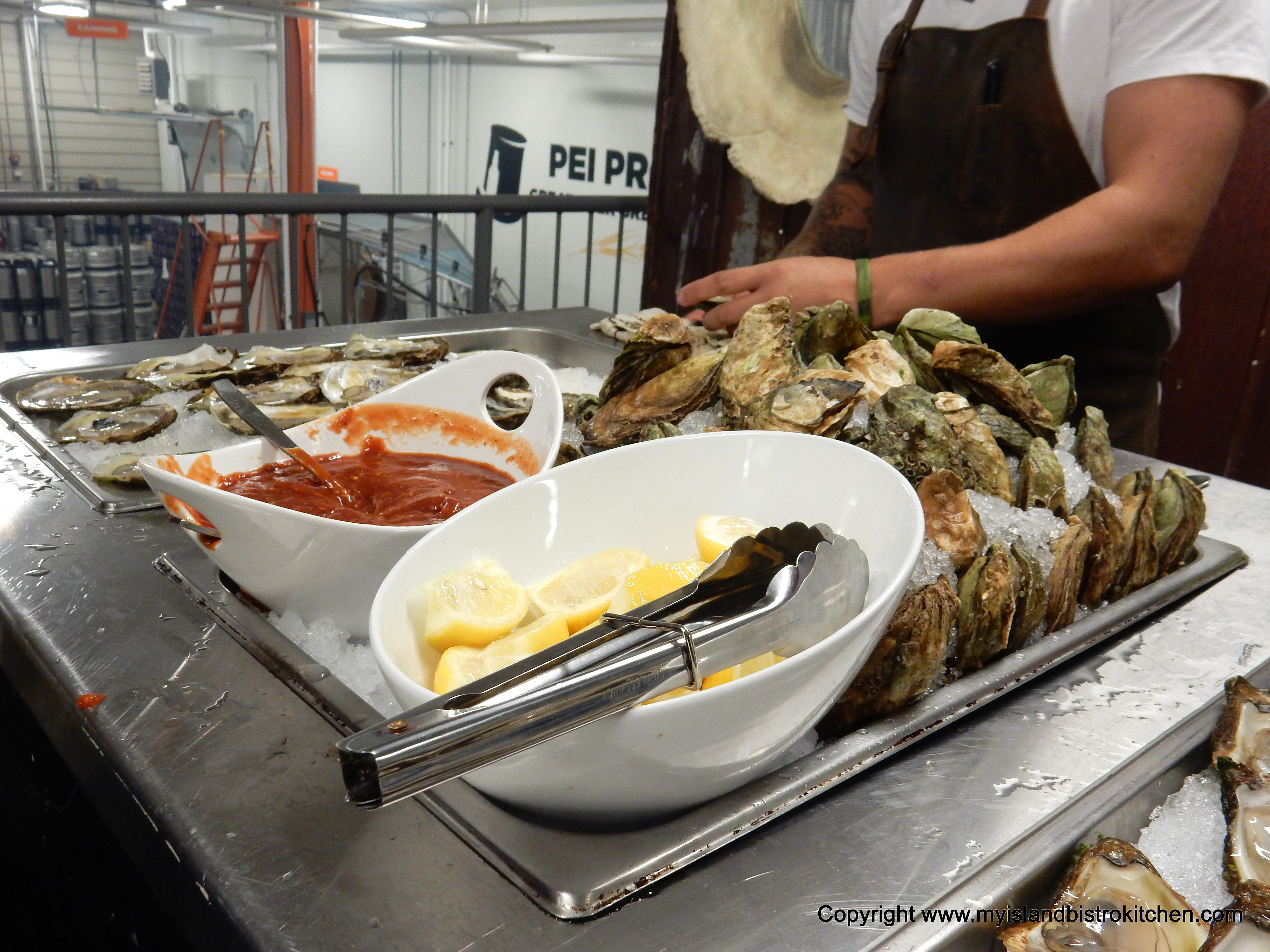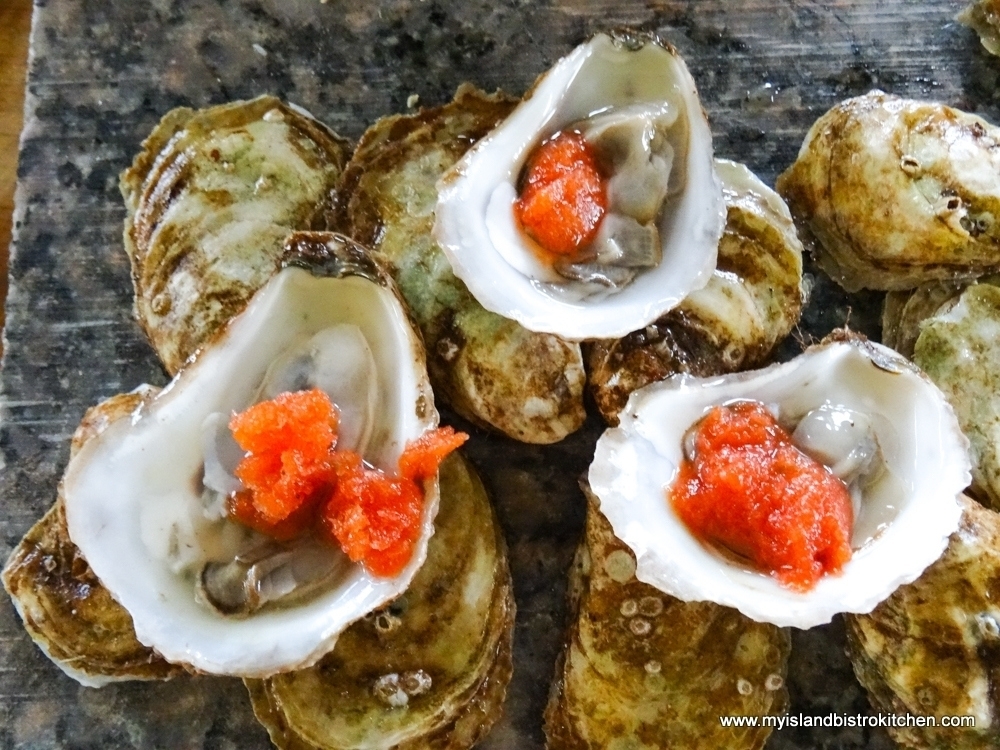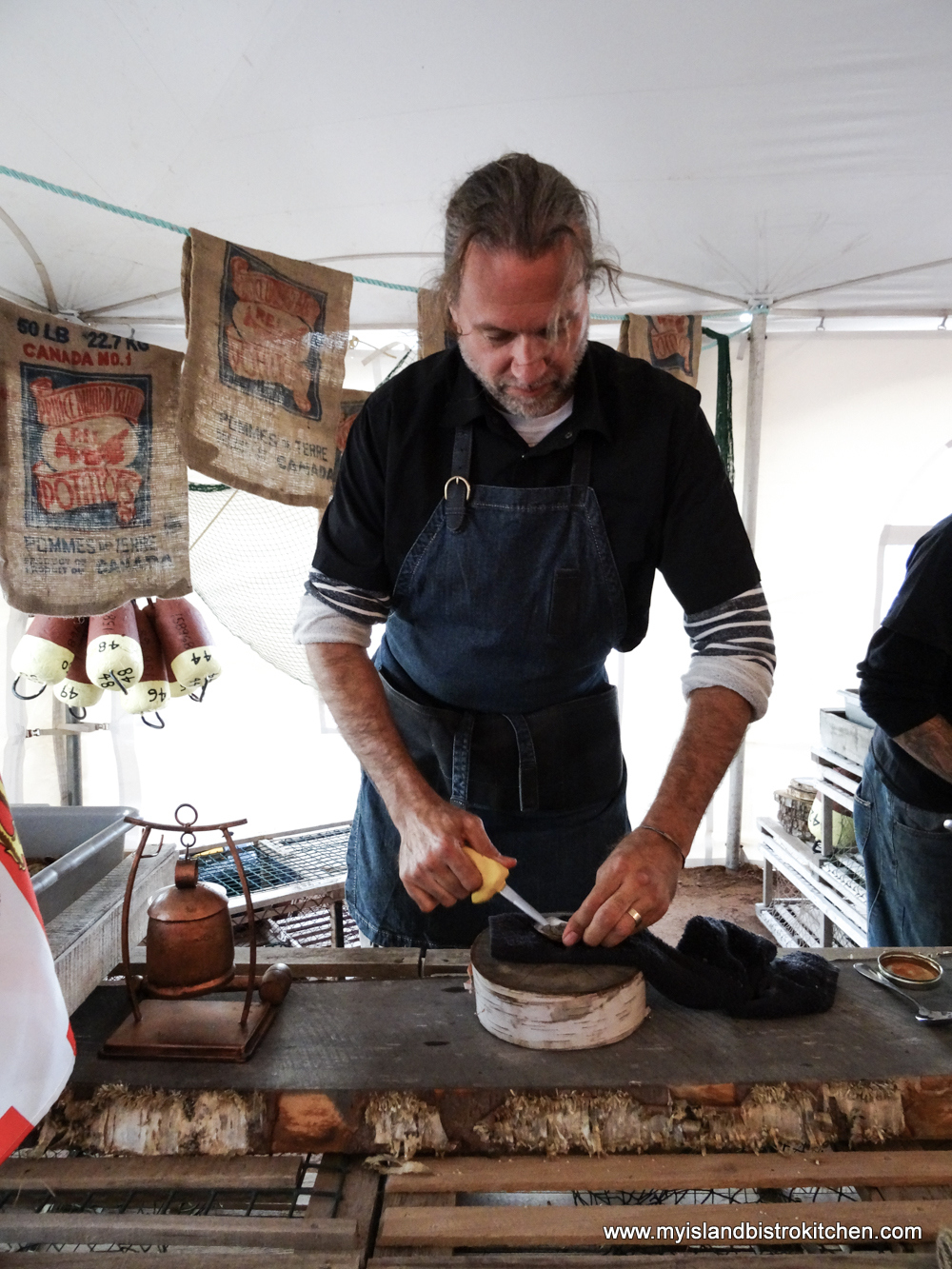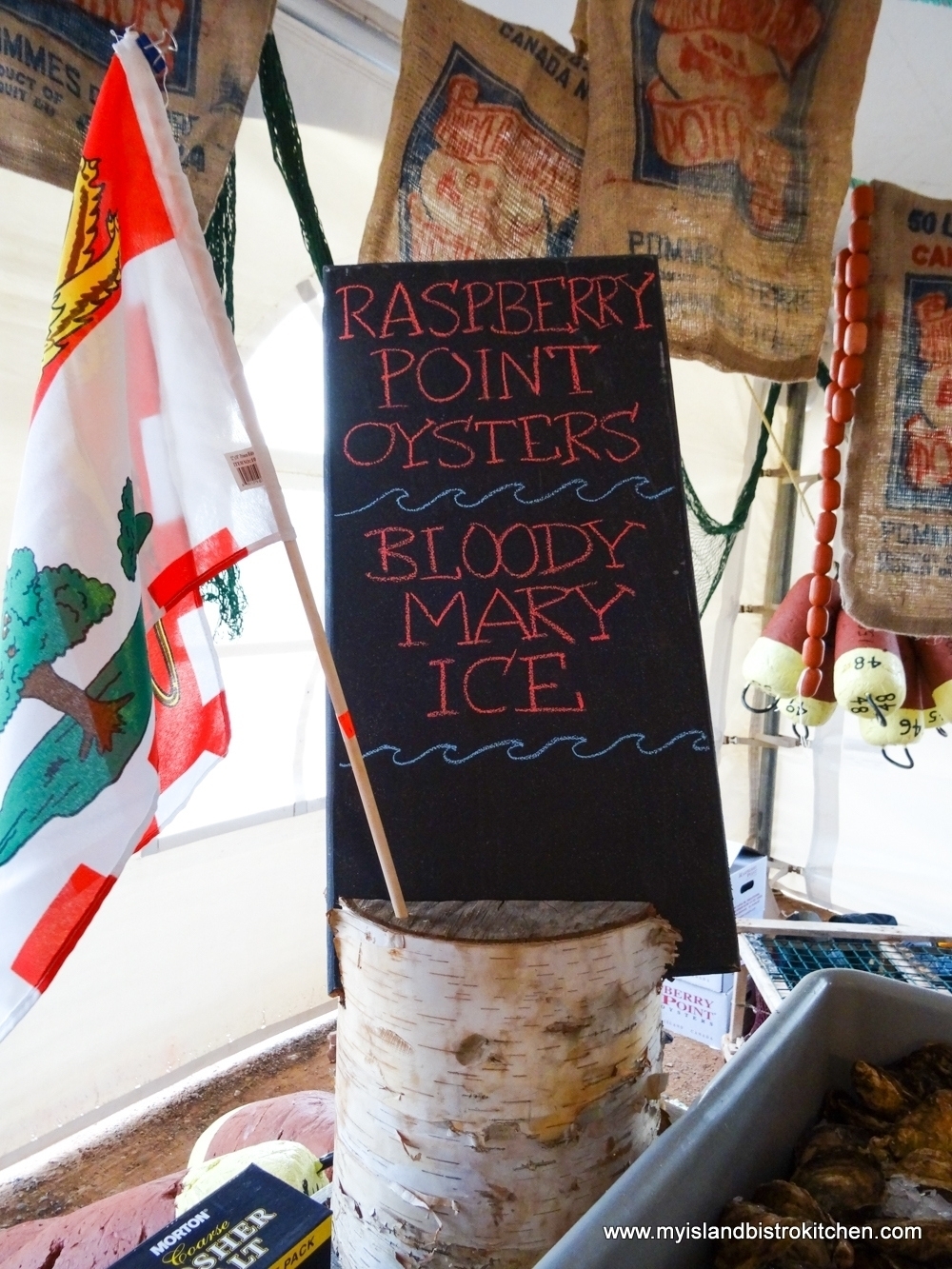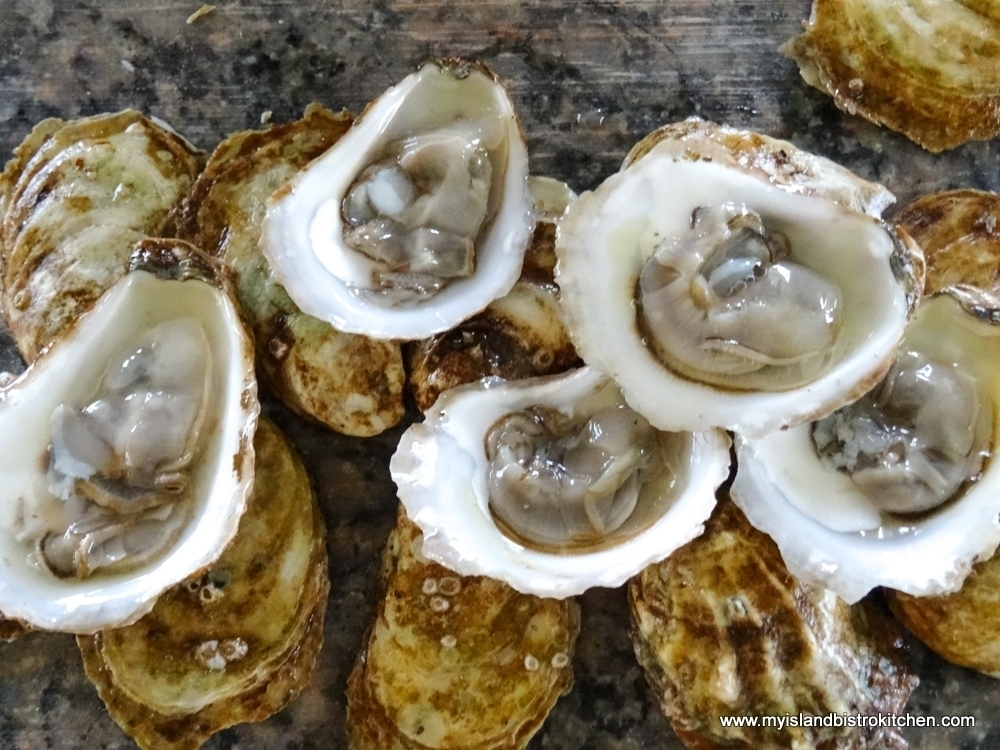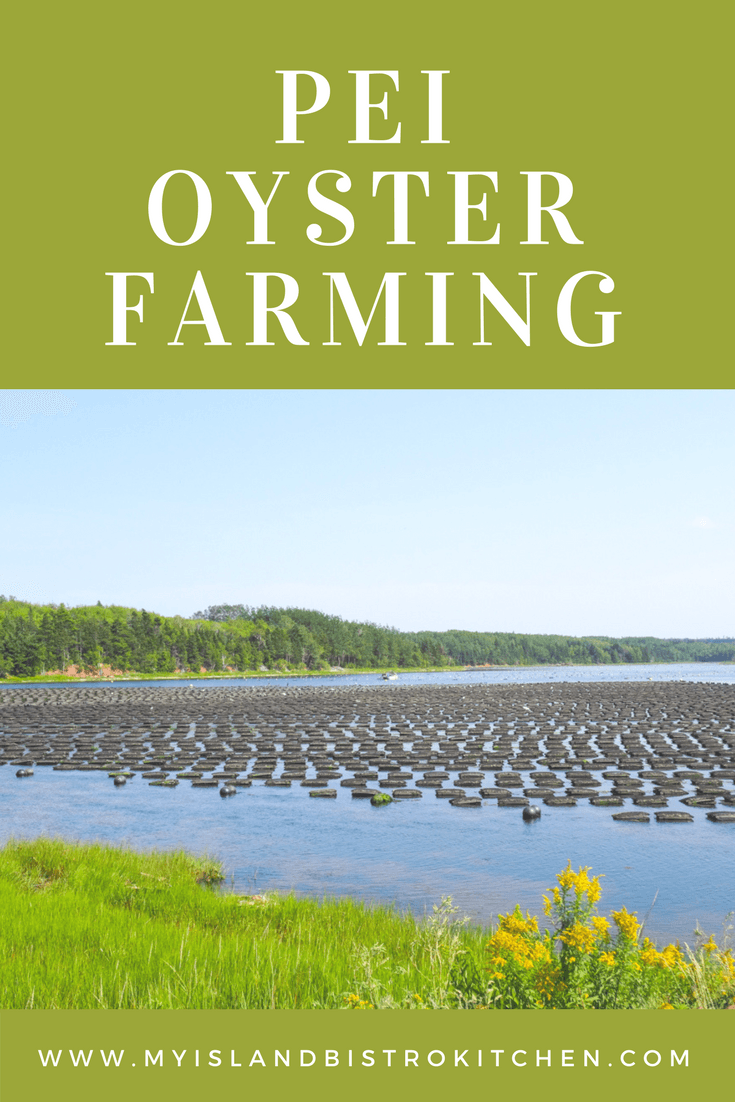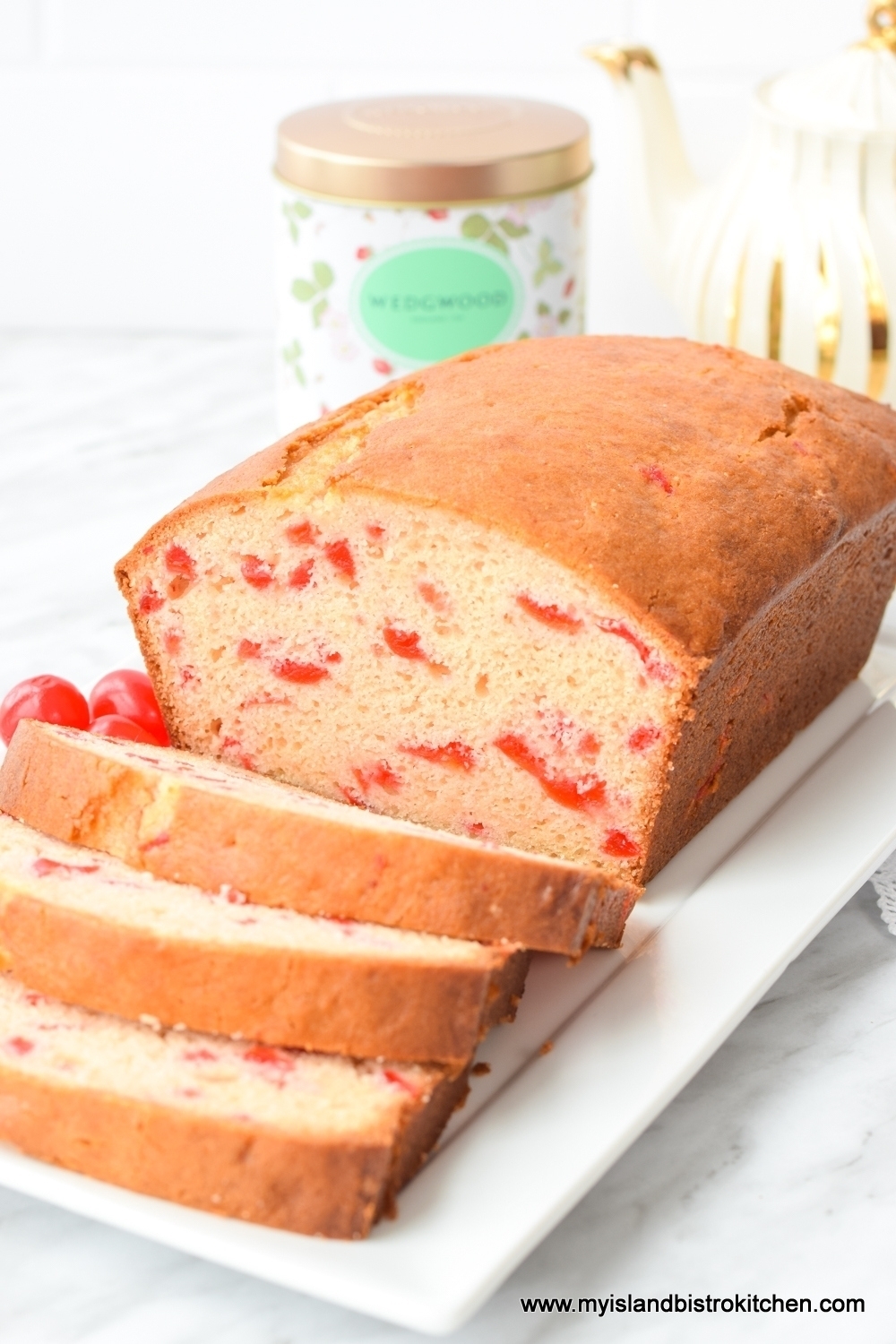
This Cherry Loaf recipe is as pretty as it is tasty, speckled with maraschino cherries that, themselves, lend great flavour to the loaf.
Quick breads, leavened with baking powder, and sometimes soda, are an easy alternative to muffins – but, they’re born of the same family! They are quick to make (because there is no yeast involved) and are great additions to breakfast, brunch, and coffeebreaks.
There are two methods for making quick breads.
Creaming Method – This method calls for the solid fat product (shortening, butter, or margarine) to be softened at room temperature for 25-30 minutes (not microwaved which can change its properties and can cause it to quickly become liquefied). The fat is then beaten/creamed, either by hand if you are prepared to devote some elbow grease to the process, or by electric mixer on low speed. The sugar is then added and creamed with the fat product until the mixture is a pale or light colour and the texture is airy or fluffy. This “creaming’ process whips air into the batter which allows air pockets (or bubbles) to form (and expand during baking) that, in addition to leavening agents such as baking powder and soda, help the cake or loaf to rise.
The room temperature eggs are then added, one at a time. Adding the eggs, with this technique, allows them time to, individually and slowly, mix in well with the creamed fat and sugar mixture and limit the possibility of them curdling. The watery eggs and the fat product don’t naturally mix well, or bind, together (same principle as trying to mix water and oil together). If all the eggs called for in the recipe are added all at once, they become more than what the fat-sugar mixture can handle at the same time and the ingredients separate and look curdled or scrambled. Adding the eggs slowly allows them to be better incorporated with the fat-sugar mixture.
With the creamed method, the liquid ingredients are combined together in one bowl or measuring cup and the dry ingredients are whisked together in a separate bowl. The dry ingredients are added to the creamed mixture alternately with the wet ingredients, beginning and ending with the dry ingredients (three additions of dry to two additions of wet ingredients). While the stand mixer should be fitted with the paddle attachment for the creaming method, it’s important not to over-beat the batter once the flour and liquid ingredients have been added because that will cause gluten to form and a loaf with a tough crumb is likely to result. Beat only until all the ingredients are incorporated and the batter is smooth.
This method will yield a moist texture loaf with a fine crumb (lots of tiny holes of fairly uniform size), reminiscent of a dense cake texture.
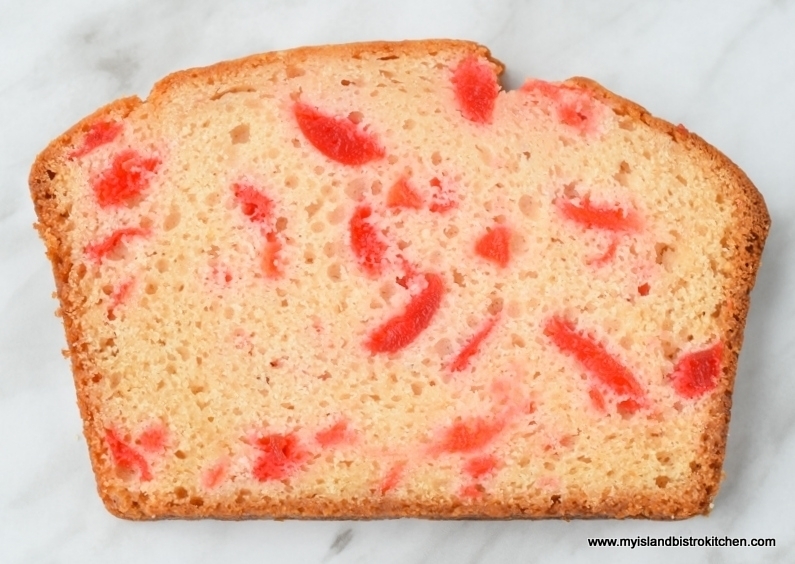
Muffin Method – This method calls for the dry ingredients to be whisked together well in one bowl. All the liquid ingredients are mixed in a separate bowl with oil or a fat that has been liquefied (and, often, the sugar is mixed in with the liquid ingredients). The liquid ingredients are then simply added to the dry ingredients and stirred together just until the ingredients are barely combined.
Because no creaming of butter and sugar is involved in this method, the loaf will not have the added advantage of the air pockets being formed by this process to help the loaf to rise. In this method, the loaf will rely solely on leavening agents (baking powder, soda) to rise. The batter will often be lumpy which is okay (it will even out on its own during baking) and it’s important not to overmix the batter trying to get it smooth as this will activate the development of gluten that will result in a tough crumb.
For this method, stir the mixture by hand because an electric mixer will overmix the batter. This method will often yield a slightly drier texture (than the creaming method does) with a larger, coarser crumb in the loaf, closely resembling the texture of muffins, hence the name “muffin method”.
The muffin method is commonly used to mix up waffles and pancakes as well.
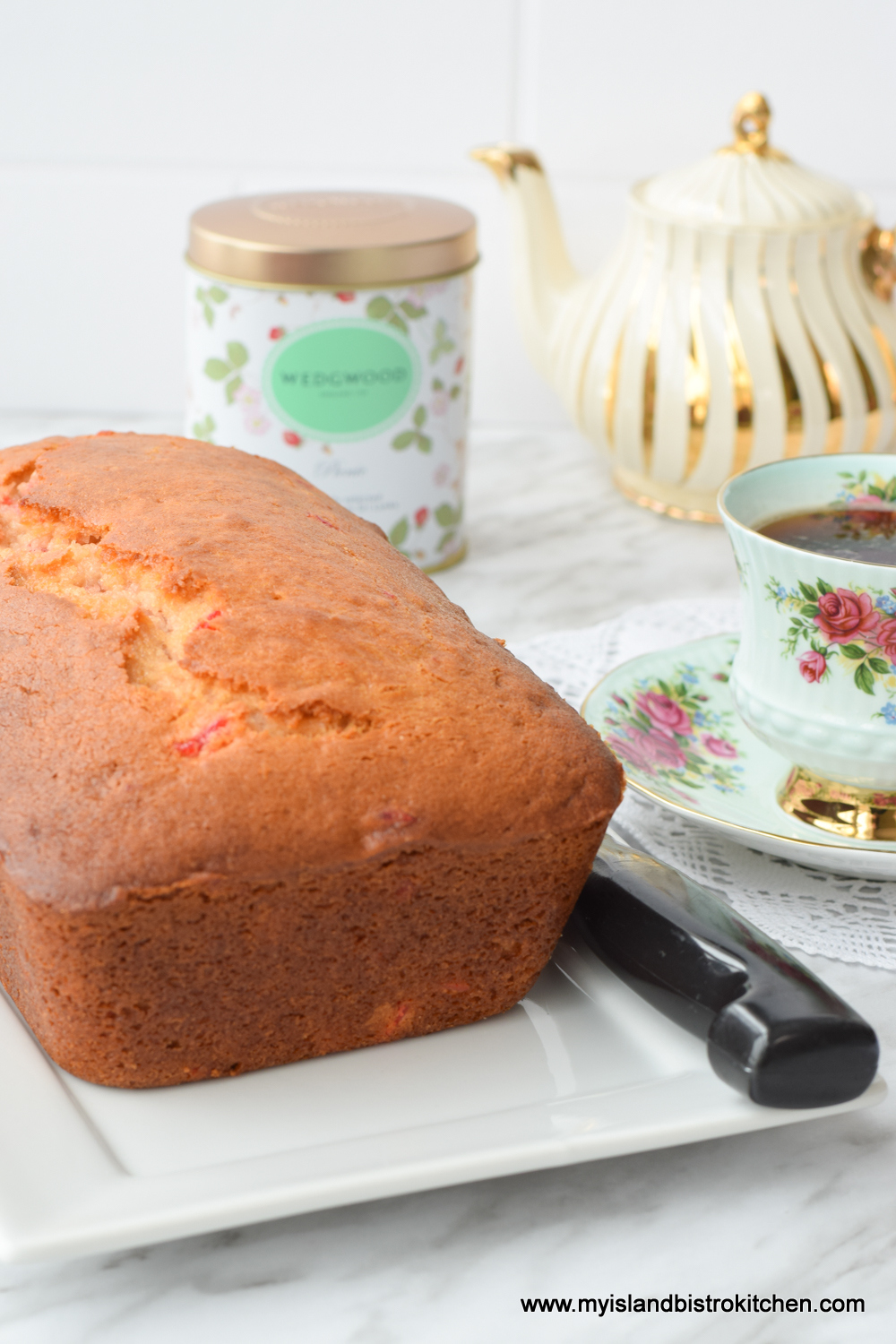
My recipe for Cherry Loaf uses the creamed method because I want a delicate, refined texture in this particular loaf.
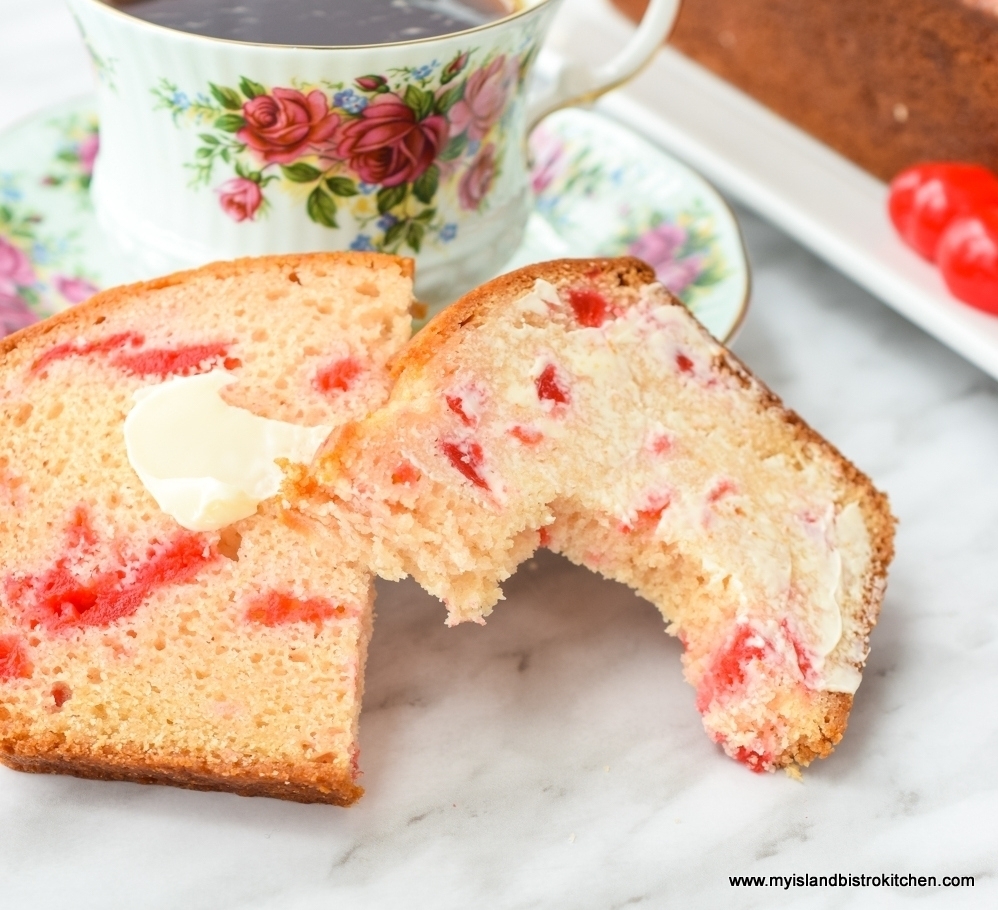
All ingredients should be at room temperature for about 25-30 minutes before mixing the batter. The ingredients blend better if they are at room temperature. If you think of nice soft butter or shortening being hit with cold eggs or milk, it’s obvious that the ingredients will simply clump together rather than blend in well. The result will be a loaf that does not have the best texture possible.
There is a choice of fat product in this loaf – either shortening, butter, or margarine will yield a good loaf. Butter, however, will obviously give the most flavor 😉
This loaf calls for maraschino cherries. These are the best option for this loaf because they are soft and beautifully bright colored. Dried cherries are too chewy and coarse and will not create the lovely red-dotted speckles throughout the loaf. Maraschino cherries, however, are wet and if they are not blotted dry, they will add too much excess moisture to the loaf. I recommend blotting the cherries with a paper towel, cutting them, and blotting them again. The idea is not to dry them out but, rather, to remove the excess moisture.
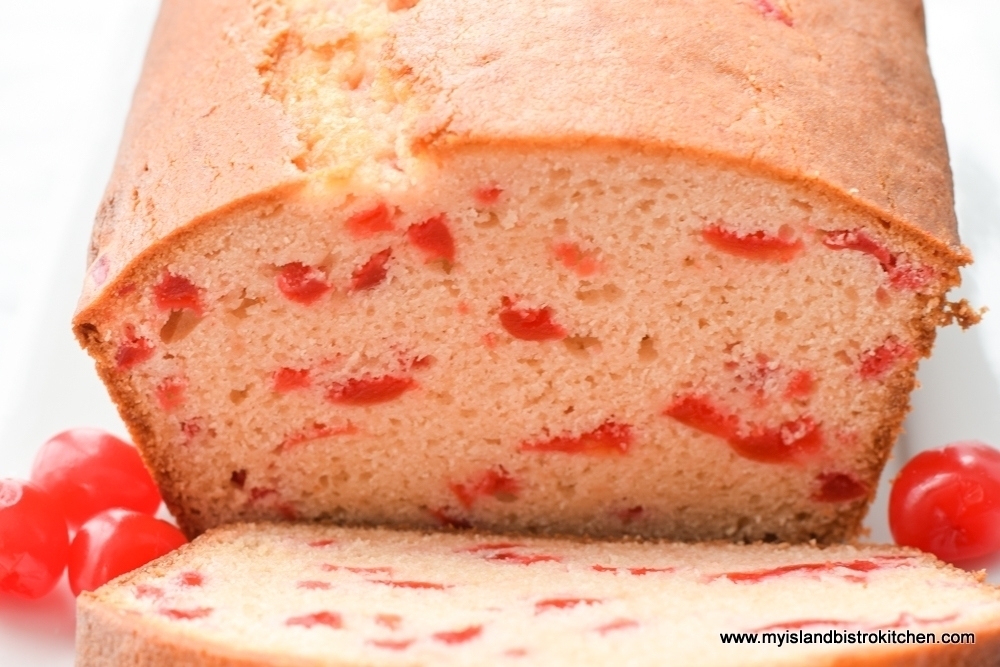
[Printable recipe follows at end of posting]
Cherry Loaf
Ingredients:
1/3 cup shortening, butter, or margarine
¾ cup granulated sugar
¼ cup brown sugar, lightly packed
2 large eggs, room temperature
2/3 cup milk, room temperature
1½ tbsp orange juice, room temperature
2½ tbsp maraschino cherry juice, room temperature
1 tsp vanilla
¼ tsp almond flavouring
2¼ cups all-purpose flour
2 tsp baking powder
¼ tsp baking soda
¼ tsp salt
¾ cup maraschino cherries, well-drained, blotted dry, and coarsely chopped
Method:
Bring shortening, butter, or margarine, eggs, milk, and orange and maraschino cherry juices to room temperature approximately 25-30 minutes before preparing batter.
Remove cherries from their juice and, using paper towel, blot them dry. Cut up cherries and blot again on paper towel to remove the excess moisture. Set aside.
Preheat oven to 350°F. Grease 9”x5”x3” loaf pan.
In 1-cup measuring cup, or small bowl, combine the milk, orange juice, cherry juice, vanilla, and almond flavouring. Stir to mix.
In medium-sized bowl, combine the flour, baking powder, baking soda, and salt. Whisk together well.
In bowl of stand mixer fitted with paddle attachment and on low speed, cream the shortening, butter, or margarine well. Gradually add the granulated sugar, then the brown sugar. Increase mixer speed to medium and beat until ingredients are pale-colored and mixture has an airy/fluffy texture. Stop mixer, as necessary, to scrape bowl with rubber spatula to ensure the ingredients are evenly incorporated.
Add the eggs, one at a time, beating well after each addition and using the spatula, as necessary, to scrape sides of bowl.
Add the flour mixture alternately with the milk mixture, starting and ending with the dry ingredients (three additions of dry ingredients with two additions of wet ingredients). Periodically scrape sides of bowl with spatula to ensure all ingredients are combined. Do not overmix.
Remove bowl from mixer stand and stir in the cherries by hand, just until they are blended in.
Transfer batter to prepared pan and, using a knife, smooth the top of the loaf. Bake for approximately 1 hour or until cake tester inserted into center of loaf comes out clean. If loaf starts to brown, it may be loosely tented with tin foil after about 45 minutes of baking; ensure loaf top is completely set before allowing the tin foil to touch it as it will peel off the top of the loaf. Let loaf rest in pan for 10 minutes then turn out on to wire rack to cool completely before cutting.
Yield: One loaf, 14 slices (sliced approximately ½” thick)
Notes: Loaf is best made the day before it is needed. Let cool completely on wire rack then place in airtight plastic bag and store in refrigerator overnight to allow the flavours time to blend and the loaf to soften. Loaf freezes well.

Cherry Loaf
This flavourful cherry loaf is an easy-to-make moist quick bread that is speckled with colorful maraschino cherries
Ingredients
- 1/3 cup shortening, butter, or margarine
- 3/4 cup granulated sugar
- 1/4 cup brown sugar, lightly packed
- 2 large eggs, room temperature
- 2/3 cup milk, room temperature
- 1 1/2 tbsp orange juice, room temperature
- 2 1/2 tbsp maraschino cherry juice, room temperature
- 1 tsp vanilla
- 1/4 tsp almond flavouring
- 2 1/4 cups all-purpose flour
- 2 tsp baking powder
- 1/4 tsp baking soda
- 1/4 tsp salt
- 3/4 cup maraschino cherries, well-drained, blotted dry, and coarsely chopped
Instructions
- Bring shortening, butter, or margarine, eggs, milk, and orange and maraschino cherry juices to room temperature approximately 25-30 minutes before preparing batter.
- Remove cherries from their juice and, using paper towel, blot them dry. Cut up cherries and blot again on paper towel to remove the excess moisture. Set aside.
- Preheat oven to 350°F. Grease 9”x5”x3” loaf pan.
- In 1-cup measuring cup, or small bowl, combine the milk, orange juice, cherry juice, vanilla, and almond flavouring. Stir to mix.
- In medium-sized bowl, combine the flour, baking powder, baking soda, and salt. Whisk together well.
- In bowl of stand mixer fitted with paddle attachment and on low speed, cream the shortening, butter, or margarine well. Gradually add the granulated sugar, then the brown sugar. Increase mixer speed to medium and beat until ingredients are pale-colored and mixture has an airy/fluffy texture. Stop mixer, as necessary, to scrape bowl with rubber spatula to ensure the ingredients are evenly incorporated.
- Add the eggs, one at a time, beating well after each addition and using the spatula, as necessary, to scrape sides of bowl.
- Add the flour mixture alternately with the milk mixture, starting and ending with the dry ingredients (three additions of dry ingredients with two additions of wet ingredients). Periodically scrape sides of bowl with spatula to ensure all ingredients are combined. Do not overmix.
- Remove bowl from mixer stand and stir in the cherries by hand, just until they are blended in.
- Transfer batter to prepared pan and, using a knife, smooth the top of the loaf. Bake for approximately 1 hour or until cake tester inserted into center of loaf comes out clean. If loaf starts to brown, it may be loosely tented with tin foil after about 45 minutes of baking; ensure loaf top is completely set before allowing the tin foil to touch it as it will peel off the top of the loaf. Let loaf rest in pan for 10 minutes then turn out on to wire rack to cool completely before cutting.
Recipe Notes
Notes: Loaf is best made the day before it is needed. Let cool completely on wire rack then place in airtight plastic bag and store in refrigerator overnight to allow the flavours time to blend and the loaf to soften. Loaf freezes well.
[Copyright My Island Bistro Kitchen]
For other quick bread recipes from My Island Bistro Kitchen, click on the links below:
Classic Banana Bread
Orange Date and Spice Loaf
Cranberry Orange Eggnog Loaf
Blueberry Quick Bread
Green Tomato Quick Bread
Strawberry Rhubarb Quick Bread
Cinnamon Sweet Bread
Glazed Lemon Pecan Sweet Bread
If you have made this recipe and enjoyed it and/or wish to share it with your friends and family, please do so on social media but be sure to share the direct link to this posting from my website.
Connect with My Island Bistro Kitchen on Social Media
Join the Facebook page for My Island Bistro Kitchen: https://www.facebook.com/MyIslandBistroKitchen/
Follow “the Bistro” on “X” (formerly Twitter): https://twitter.com/PEIBistro/
See the drool-worthy gallery of mouth-watering food photos from My Island Bistro Kitchen on Instagram: https://www.instagram.com/peibistro/
Follow “the Bistro” on Pinterest at https://www.pinterest.ca/peibistro/ and pin the Pinterest-ready photo found at the end of this post to your favorite Pinterest boards.
Pin Me To Pinterest!
